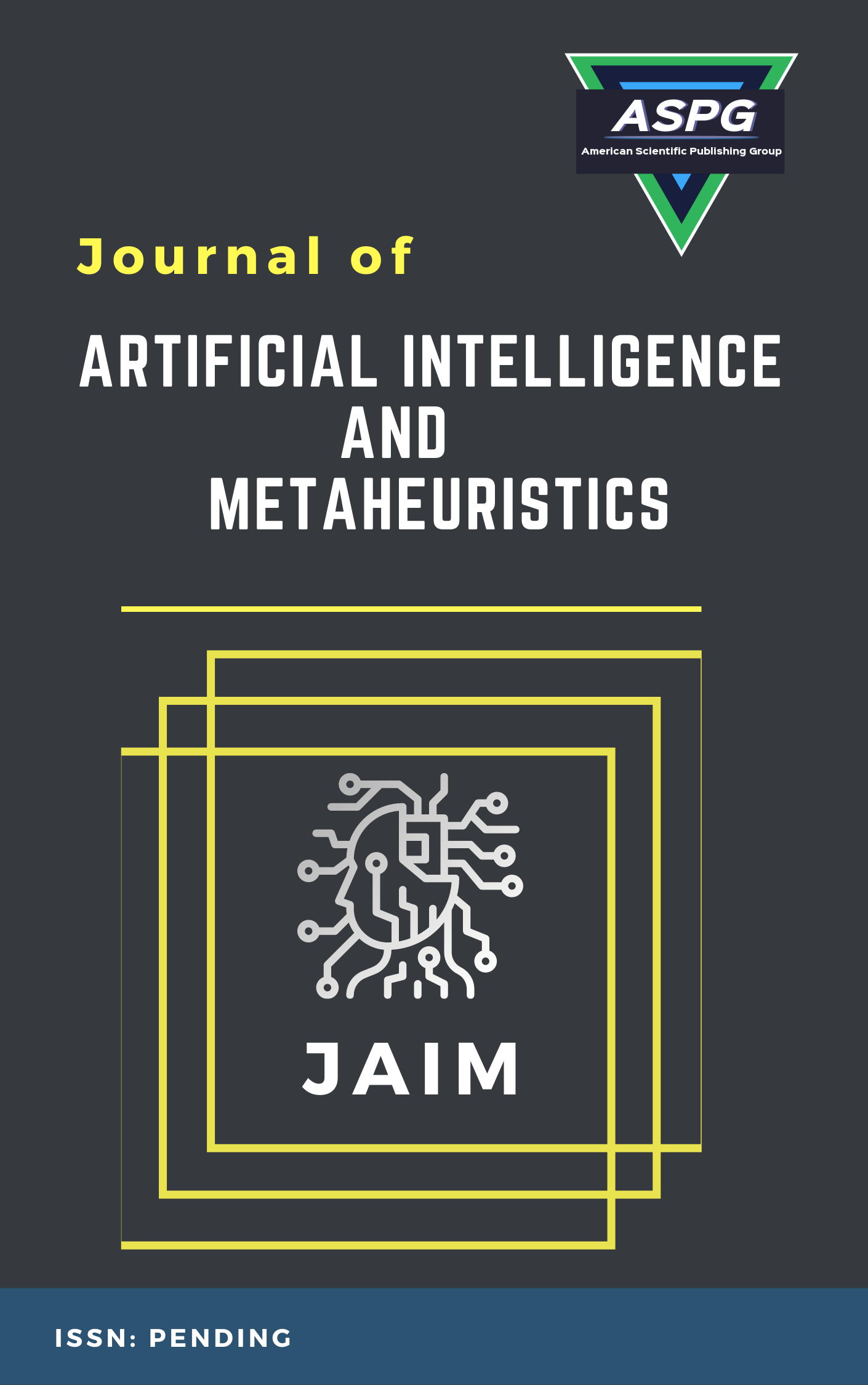

Lung cancer is the primary cause of cancer-related mortality in this generation, and it is expected to stay in foreseeable future. When the early indications of lung cancer are identified, a successful treatment can be initiated. A prototype environment friendly approach for treating lung cancer might be developed using the most recent developments in computational intelligence. Time and money will be saved since fewer resources will be wasted and manual tasks will take less effort to complete. An LSTM (Long Short-Term Memory)-based learning model was used to predict the lung cancer and improve the dataset procedure. With applications across medical image-based and textural data modalities, deep learning is one of the areas of medical imaging that is growing the fastest. Physicians may more easily and reliably identify and classify lung nodules with help of Deep Learning (DL)-based medical imaging technologies. This system covers the most recent advancements in deep learning-based imaging approaches for the early identification of lung cancer. The LSTM classifier sensitivity, specificity, and accuracy of our suggested system are best achieved by the Python software, with values of 80%, 85%, and 95%, respectively. Additionally, IoT (internet of things) to monitoring the lung cancer through cloud system through Adafruit Io. The lung cancer level is updating to NodeMCU controller.
Read MoreDoi: https://doi.org/10.54216/JAIM.050201
Vol. 5 Issue. 2 PP. 08-20, (2023)
The rate of progress in autonomous car technology has increased exponentially over the past decade, mostly thanks to advancements in deep learning and artificial intelligence. This work aims to summarize recent progress made in the application of deep learning techniques to the problem of autonomous driving. First, we will go through the deep reinforcement learning paradigm and other AI-based solutions for autonomous driving, such as convolutional and recurrent neural networks. Algorithms for driving scene recognition, path planning, behavior arbitration, and motion control were developed with these techniques in mind. Both the End2End system, which immediately converts sensory input into steering commands, and the modular perception-planning-action pipeline, each module of which is built using deep learning techniques, are the focus of our studies. We also discuss the modern challenges of building AI systems for autonomous driving, such as making sure they are safe to use, finding good places to practice, and creating effective computing hardware. This survey's comparison sheds light on the pros and cons of AI and deep learning approaches to autonomous driving, which aids in making design decisions.
Read MoreDoi: https://doi.org/10.54216/JAIM.050202
Vol. 5 Issue. 2 PP. 21-30, (2023)
The electrocardiogram (ECG) is a type of biometric data that has recently attracted a lot of attention as a potentially useful biometric trait due to its high discriminatory power. However, precise and consistent biometric identification systems are challenging to deploy because to ECG signals' vulnerability to a wide range of sounds, including baseline wander, powerline interference, and high/low frequency noises. That's why ECG signal denoising is such an important aspect of the preprocessing phase for ECG-based biometric person identification: it removes noise from the raw ECG data. Biometric recognition using ECG signals is a difficult problem involving phases of preprocessing, feature extraction, feature selection, feature modification, and classification. Biometric system analysis also relies heavily on the use of appropriate success measures and a well-organized library of ECG signals. This is especially crucial when considering the fact that researchers rely significantly on freely accessible resources to gauge the efficacy of the algorithms they propose. In this study, we examine most of the approaches that have been taken toward ECG-based biometric verification of humans.
Read MoreDoi: https://doi.org/10.54216/JAIM.050203
Vol. 5 Issue. 2 PP. 31-40, (2023)
Solar radiation constitutes the Earth’s primary energy source and is critical in regulating surface radiation equilibrium, vegetation photosynthesis, hydrological cycles, and extreme atmospheric. On the other hand, the depletion of global fossil fuel reserves mandates the power sector to adopt renewable energy-based sources, including photovoltaic and wind energy conversion systems. Therefore, the precise solar radiation prediction is imperative for climate research and the solar industry. This paper illustrates the use of two machine-learning approaches: random forest (RF) and support vector machine (SVM), to predict surface solar radiation in the Diyala governorate of Iraq for one step ahead, utilizing only lagged monthly time series data of the factor as input predictors. The findings were evaluated using three performance measures: coefficient of determination (R2), root mean square error (RMSE), and mean absolute error (MAE). The results showed that using 10 monthly lags time series as input predictors leads to the best prediction performance. Furthermore, in terms of the RMSE, the prediction performance of the RF algorithm was better than that of the SVM algorithm (RF's RMSE, MAE, and R2 were 181.398, 129.522, and 0.979, while for SVM were 240.149, 184.802, and 0.978, respectively).
Read MoreDoi: https://doi.org/10.54216/JAIM.050204
Vol. 5 Issue. 2 PP. 41-46, (2023)
Due to the importance of maintaining public health and preventing the spread of diseases, nowadays, new diseases have spread at a lot of countries called Monkeypox after the world get rid of covid-19.it is crucial to diagnose Monkeypox and stop the spread of this disease. so that we make this review to give a point of view to Monkeypox spread nowadays. We have recently done nine research to overlay it with different artificial intelligence deep learning methods to diagnose Monkeypox from digital skin images due primarily to AI's success in COVID-19 identification. The VGG16, VGG19, ResNet50, ResNet101, DenseNet201, and AlexNet models were used in our proposed method to classify patients with monkeypox symptoms with other diseases of a similar kind (chickenpox, measles, and normal)., Due to the importance of facing this disease and summarizing these researches according to: methodology and results of detection accuracy, precision.
Read MoreDoi: https://doi.org/10.54216/JAIM.050205
Vol. 5 Issue. 2 PP. 47-57, (2023)